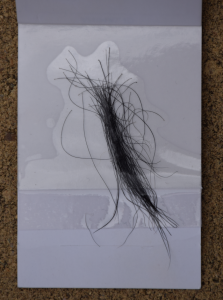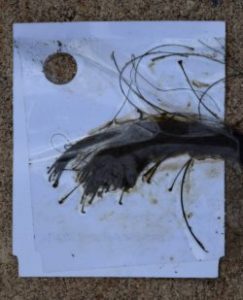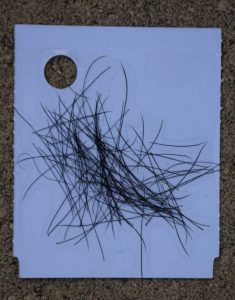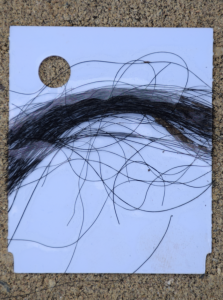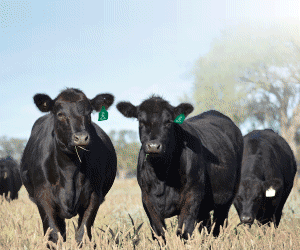Hair: Collection Tips & Common Issues
Hair: Collection Tips & Common Issues
Tips
- Check the identification of the animal and record the full Angus Australia ident on the front of the collection card.
- Pull a minimum of 40 hair follicles from the switch (i.e. thick brush) of the animal’s tail, making sure the follicles are still attached. Make sure that at least 40 hairs are supplied so that sufficient hair is provided to enable future DNA tests to be conducted for the animal.
- Take care during the collection process to prevent cross-contamination of samples. If necessary, wash hands between the collection of each hair sample to ensure that hands are clean.
- Ensure that the Angus Australia DNA Test Request form is completed. If you haven’t previously completed a member’s test agreement form, please also submit one.
- If a hair sample is being provided and multiple DNA testing is required (such as testing for parent verification and genetic condition status), it may be advisable to collect two hair samples to ensure that adequate DNA is available.
- Ensure the DNA sample collected is dry and free from any foreign matter (dirt, faeces and plant material). If necessary, the hair can be brushed prior to collection to remove the foreign matter.
Common Issues
Misidentification, mislabeling and mismatching of an animal’s ID and their sample is a predominant issue in all DNA collection, but is a particular concern in tail hair collection, due to the manual recording of IDs. The results of a mismatched DNA sample are relevant only to the animal whose hair sample it is – potentially making EBVs, genetic conditions, parent verification and BVDV incorrect for one or more animals.
The impact of dirt, manure or even water on the quality of your DNA sample is so significant that if a clean and dry sample cannot be taken, then sampling should be postponed or measures put in place to resolve the issue. If a hair sample has failed to yield enough material for DNA to be extracted from, it is best to re-sample.
The following are real examples of some of the samples which have failed the quality control or DNA extraction process.
